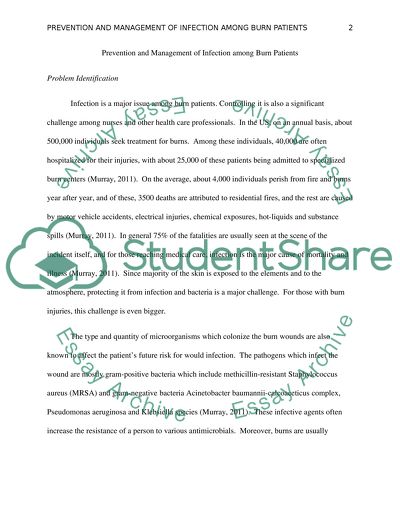Cite this document
(“Prevention and Management of Infection among Burn Patients Research Paper”, n.d.)
Prevention and Management of Infection among Burn Patients Research Paper. Retrieved from https://studentshare.org/nursing/1431856-prevention-and-management-of-infection-in-burn
Prevention and Management of Infection among Burn Patients Research Paper. Retrieved from https://studentshare.org/nursing/1431856-prevention-and-management-of-infection-in-burn
(Prevention and Management of Infection Among Burn Patients Research Paper)
Prevention and Management of Infection Among Burn Patients Research Paper. https://studentshare.org/nursing/1431856-prevention-and-management-of-infection-in-burn.
Prevention and Management of Infection Among Burn Patients Research Paper. https://studentshare.org/nursing/1431856-prevention-and-management-of-infection-in-burn.
“Prevention and Management of Infection Among Burn Patients Research Paper”, n.d. https://studentshare.org/nursing/1431856-prevention-and-management-of-infection-in-burn.


